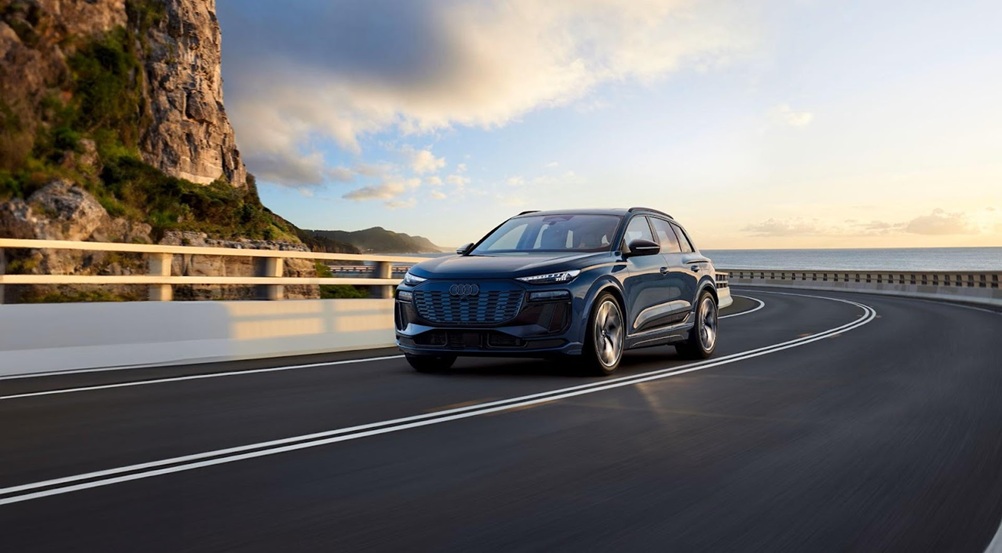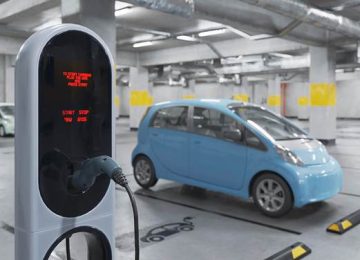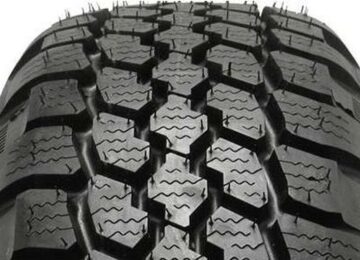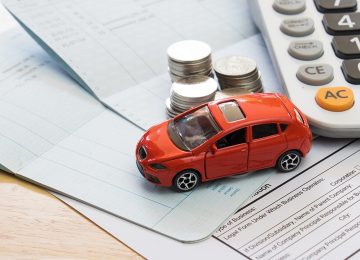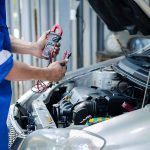Spring offers long daylight, dry roads, and enough warmth to test a car the way it’ll actually be used. Paint blemishes and underbody issues are easier to spot in natural light without the harsh glare of summer or the shortened days of winter. The moderate temperatures allow for comprehensive test drives that can reveal how well the air conditioning works, whether the sunroof operates smoothly, and how the vehicle handles various road conditions you’ll encounter during warmer months.
Car Buying Tips for Spring
Market dynamics favor buyers
Seasonal demand shifts work in buyers’ favor during spring. Winter inventory that didn’t sell needs to move, and dealers are preparing for the busy summer season. This timing often creates opportunities for negotiation, especially on vehicles that have been sitting on lots through the slower winter months. Additionally, many people receive tax refunds in spring, increasing your potential down payment options and improving financing terms.
Building your comparison framework
Start by scanning used cars in Toronto and save two or three comparables in each segment so every test drive has a clear benchmark. Create a systematic approach to evaluation rather than randomly visiting lots. Research reliability ratings, insurance costs, and maintenance schedules for your target vehicles before you start shopping. This preparation helps you ask informed questions and recognize good deals when you find them.
A practical way to inspect
Systematic exterior and interior evaluation
Arrive with a short list of non‑negotiables: seating, cargo, fuel economy, safety tech, and connectivity. Check the exterior for rust, dents, or paint inconsistencies that might indicate previous damage or poor maintenance. Inside, test all electrical systems including lights, radio, air conditioning, and charging ports. Verify that seat adjustments work smoothly and that mirrors, windows, and locks operate properly.
Road testing that reveals character
On the road, do a quick highway merge to hear engine/transmission behavior; on a flat, empty stretch, confirm the wheel tracks straight; over patched pavement, listen for suspension clunks. Test the brakes gently in a safe area to feel for pulling, grinding, or unusual vibrations. Try parking maneuvers to assess steering responsiveness and check for any unusual noises during tight turns that might indicate worn components.
Professional inspection considerations
Afterward, check the trunk for leaks or musty smells and verify the spare/tools are present. If anything is unclear, a pre‑purchase inspection is still the best money spent. Professional mechanics can identify issues that aren’t apparent to casual buyers, potentially saving thousands in unexpected repairs. This is especially important for older vehicles or those with complex systems like turbochargers, AWD, or advanced electronics.
Budget for the whole journey, not just the payment
Understanding total cost of ownership
The real number includes insurance, fuel, routine maintenance, and any extended coverage that genuinely reduces risk. Spring is an ideal time to get insurance quotes for different vehicles you’re considering, as rates can vary significantly between models. Factor in registration fees, safety inspections, and any immediate needs like new tires or scheduled maintenance that might be due soon after purchase.
Planning for seasonal activities and travel
If summer plans include road trips, bikes, or camping, add accessories up front. Roof racks, trailer hitches, and cargo organizers are easier to budget for initially rather than as surprise expenses later. Consider your typical summer driving patterns—more highway miles, air conditioning use, and potentially towing—when evaluating fuel economy and cooling system capacity.
Smart shopping and financing strategies
To keep choices open, browse a complete catalog of used cars and filter for the features that match spring and summer plans—so the car fits life, not the other way around. Compare financing options from banks, credit unions, and dealer financing to find the best terms. Pre-approval from your bank or credit union gives you negotiating power and helps establish a realistic budget before you fall in love with a particular vehicle.
Long-term value considerations
Think beyond the immediate purchase to resale value, expected maintenance costs, and how well the vehicle will serve your needs over the next several years. Some vehicles hold their value better than others, and choosing wisely can save money when it’s time to upgrade again. Research which models in your price range have the best track records for reliability and owner satisfaction—this information helps predict your ownership experience and future resale prospects.

